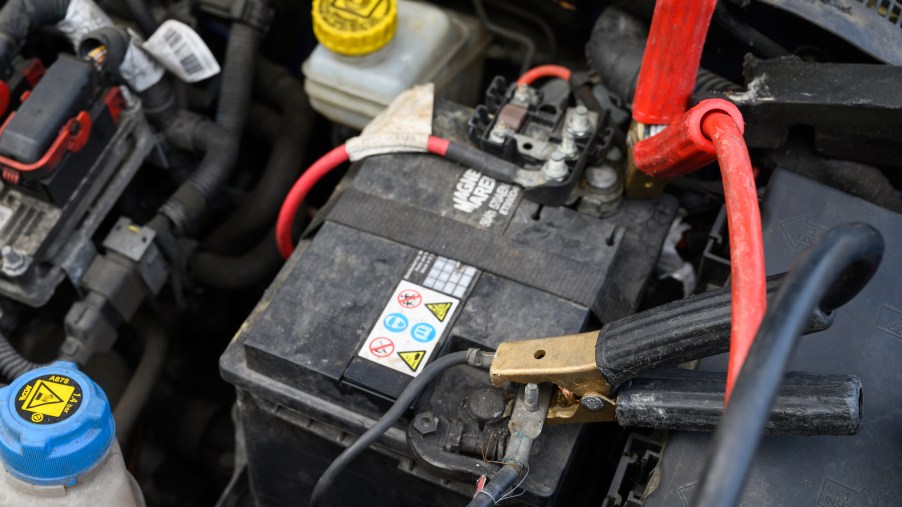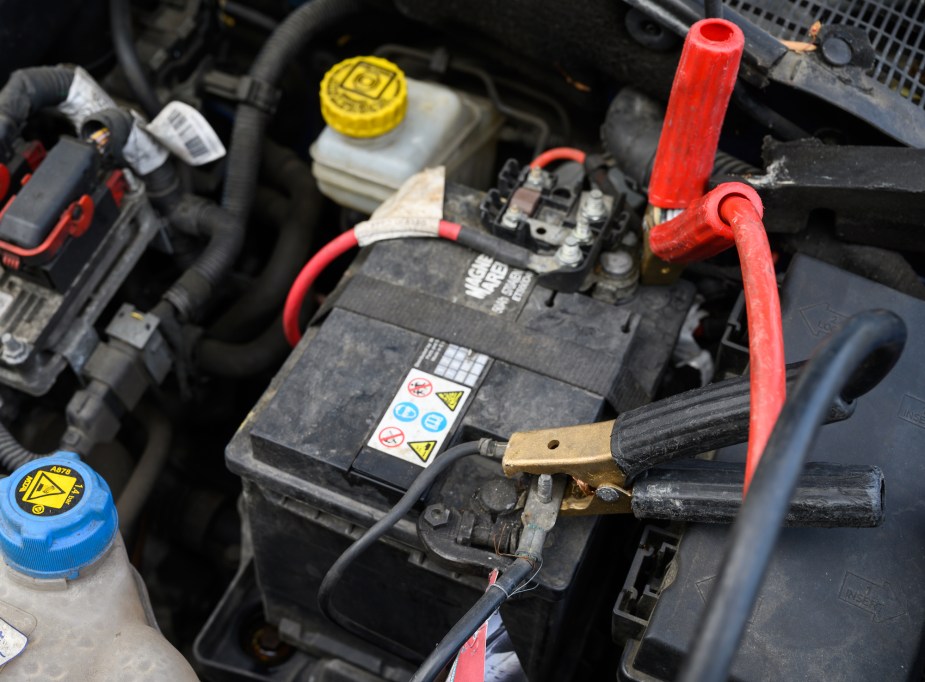
Everything You Need to Know About Jump Starting Your Car
It’s an unfortunate fact of life that there will come a time when your car battery dies. If it hasn’t happened yet, it most likely will. This is why it’s crucial to learn these essential tips on how to jump-start your car if it shouldn’t start when you attempt to crank up the engine.
Help, my battery just died! But why?

For many people, a good Samaritan will be all too happy to swoop in and save the day if this should happen? But what happens if you’re in the middle of nowhere, or the only person around has no idea how to jump-start a car? If this is the case, it’s up to you to save the day.
The weather can play a role in how your battery performs. Colder weather can wear on a battery, depending on the situation. Another reason why it won’t start could have to do with age. Batteries work excessively well when they’re new, but as they age, they simply don’t work as well.
Whatever the reason, knowing how to get your car started back up can make the difference between getting to work on time or being stranded. A battery starter is a great option, as you don’t have to have another vehicle around to jump-start your car.
What is a battery starter?
A battery starter is exactly what it sounds like. It’s a device that helps breathe life back into your battery. They are small enough to place in the cargo area, so you’ll always have them with you when you need them.
However, it’s essential to know how to operate one. While you could slap the clamps on and press the start button, that could lead to some serious injuries and damage to your vehicle.
A few important features to check before purchasing a battery starter is protection against excessive voltage. The wires should be entirely covered, so you don’t risk getting shocked as you charge your battery. You also don’t want to overdo it. This could cause the battery to explode.
When using the battery starter, Geek reports, “You need to be careful by covering your eyes and ensuring the battery is not connected to another device. Charge your jump starter and connect the red clamp with the positive terminal and the black clamp with the negative terminal but make sure the battery jump starter is powered off while connecting the terminals with the clamps. Once everything is attached correctly, turn on the battery jump starter.”
It’s possible the battery won’t charge, even if you leave it on all night. If this is the case, you’ve most likely got a dead battery, and the only option is to have it replaced.
Questions you may have about battery starters
Battery starters are not one size fits all. Some work mainly on vehicles, while others are designed specifically for diesel engines. Still, others can charge 12V batteries. It’s essential to read the description carefully, so you don’t get the wrong battery starter.
Another question is how you’ll know when the battery charger is fully charged. This will range from charger to charger, but in general, there will either be a button on the front panel you can press or blinking light to signal the starter is ready to roll.
Some owners may also worry that their battery charger could burn their device. Unfortunately, this is a risk you face when using such devices, so if possible, keep an eye on the charger. It won’t prevent burns, but you may have enough warning due to a burning smell to know to disconnect the device before irreparable damage occurs.
Finally, once your battery starter is hooked up, and things appear to be charging, how do you know when it’s time to remove the starter? This can range from 12 to 16 hours, depending on the device. It would be best if you read the description and reviews from people who have used it, to get a better idea of how long your device can charge your battery.


